Home>diy>Architecture & Design>How To Make A Front House Design
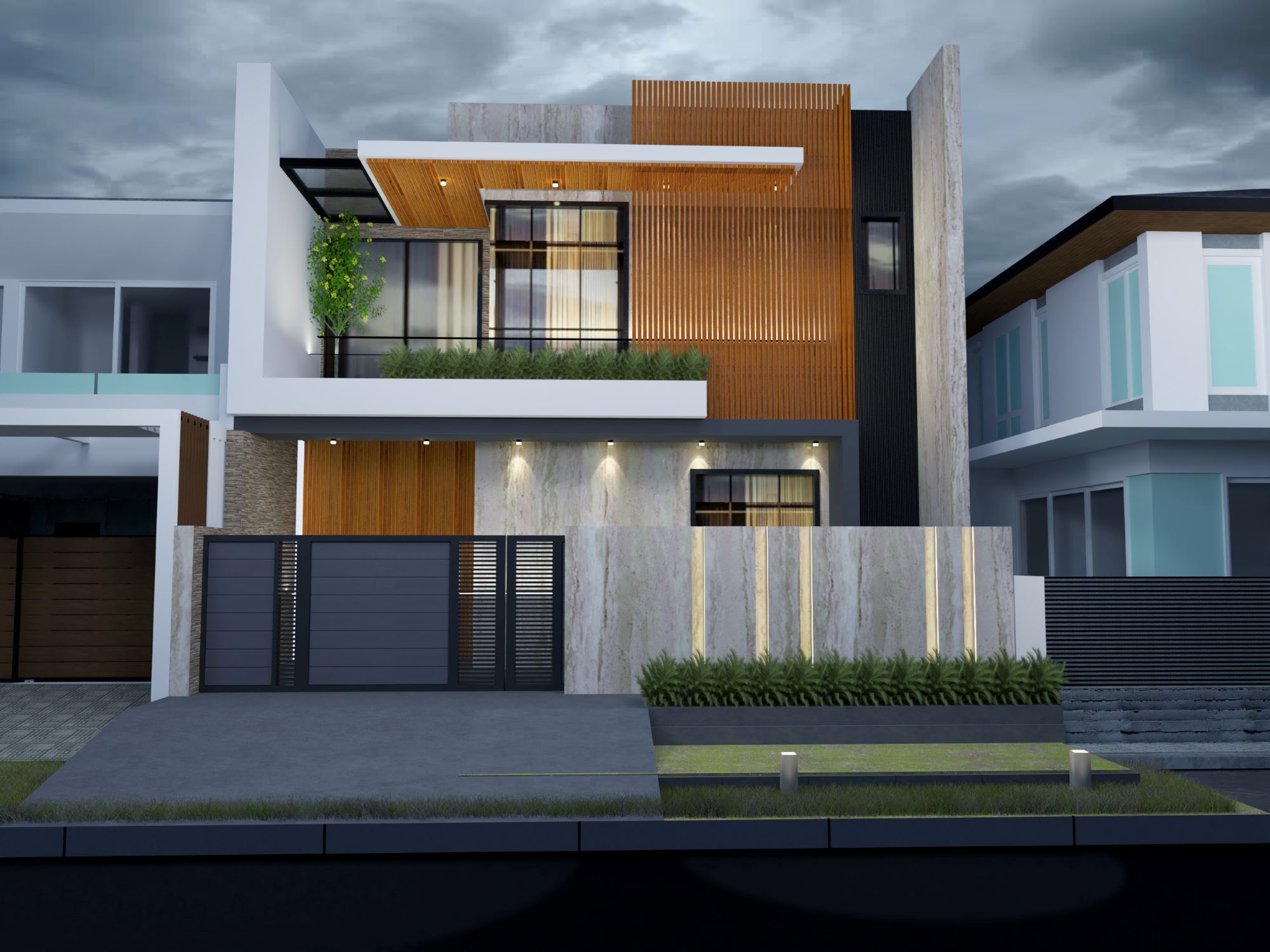

Architecture & Design
How To Make A Front House Design
Modified: January 5, 2024
Learn how to create a stunning front house design with our expert architecture design tips. Transform your home with the perfect architectural design.
(Many of the links in this article redirect to a specific reviewed product. Your purchase of these products through affiliate links helps to generate commission for Storables.com, at no extra cost. Learn more)
Introduction
When it comes to designing a front house, there are countless possibilities and considerations to be made. The front of your house is the first thing that greets visitors and sets the tone for your entire property. It’s a chance to make a strong first impression and showcase your personal style.
In this article, we will explore the various aspects of front house design and provide you with practical tips and ideas to help you create a stunning and welcoming entrance. From choosing the right design to incorporating landscaping and architectural details, we’ll guide you through the process of transforming your front house into a standout feature of your property.
Whether you’re starting from scratch or looking to update your existing front house design, this guide will help you make informed decisions and achieve a visually appealing and functional result. So, let’s dive in and discover how to make a front house design that leaves a lasting impression.
Key Takeaways:
- Choosing the right front house design involves considering architectural style, personal preferences, and budget. By balancing these factors, you can create a visually appealing and welcoming entrance that reflects your individuality.
- Maintaining and updating your front house design is essential to preserve its visual appeal. Regular cleaning, landscape maintenance, and occasional updates like refreshing paint or upgrading lighting fixtures will keep your front house looking its best.
Read more: How To Connect A Porch Roof To House
Choosing the Right Front House Design
Choosing the right front house design is an important first step in creating a visually appealing and welcoming entrance. It sets the stage for the entire exterior of your home and should complement the architectural style and overall aesthetic you want to achieve. Here are some factors to consider when selecting the right front house design:
A. Architectural Style: Take into account the architectural style of your home. Whether it’s a Victorian, modern, farmhouse, or colonial style, the front house design should harmonize with the overall architectural elements. Look for inspiration from similar houses or work with an architect or designer to ensure a cohesive design.
B. Personal Preference: Consider your personal style and preferences. Do you prefer a clean and minimalist look, or do you lean towards a more eclectic or traditional design? Think about the impression you want to give and choose a front house design that reflects your personality and tastes.
C. Neighborhood Guidelines: Check if there are any neighborhood guidelines or restrictions that dictate the design of front houses. Some communities have specific rules regarding colors, materials, or architectural features. It’s essential to understand and adhere to these guidelines to avoid potential conflicts later on.
D. Longevity and Timelessness: While it can be tempting to follow the latest design trends, it’s important to consider the longevity and timelessness of your front house design. Trends come and go, but a well-designed and timeless front house will remain visually appealing for years to come. Opting for classic design elements and neutral color palettes can help achieve this longevity.
E. Budget: Determine your budget for the front house design. Some designs may require significant investment, while others can be achieved with smaller budgets. It’s crucial to establish a realistic budget and explore different options that fit within your financial constraints.
By considering these factors, you can narrow down your options and choose a front house design that aligns with your architectural style, personal preferences, and budget. The right design will set the foundation for creating a captivating and welcoming front house.
Assessing the Space and Setting Goals
Before diving into the design process, it’s important to assess the available space and set clear goals for your front house design. Understanding the limitations and possibilities of your property will help you make informed decisions and create a design that maximizes both functionality and aesthetic appeal. Here are some steps to consider:
A. Measure the Space: Start by measuring the front area of your house, including the width, height, and any existing structures such as windows or doors. This will give you a clear idea of the space you have to work with and will guide your design choices.
B. Consider the Layout: Evaluate the layout of your front house. Are there any existing features, such as a porch or steps, that you want to incorporate into your design? Take note of any architectural aspects that can be enhanced or modified to create a more visually appealing entrance.
C. Identify Problem Areas: Assess any problem areas or challenges that need to be addressed. This could be issues with drainage, uneven surfaces, or inadequate lighting. Identifying these problem areas will help you find solutions and ensure a functional and safe front house design.
D. Determine Your Goals: Define your goals for the front house design. What do you want to achieve with the design? Are you looking to create a grand entrance, enhance curb appeal, or improve the overall functionality of the front house? Having clear goals will guide your decision-making process and help you prioritize design elements.
E. Consider Practical Needs: Consider the practical needs of your household. Do you need space for multiple cars, or do you need a designated area for package deliveries? Integrating these practical needs into the design will ensure that your front house is not only visually appealing but also functional for everyday use.
By assessing the space and setting clear goals, you can create a front house design that is tailored to your needs and maximizes the potential of your property. It’s important to strike a balance between aesthetics and functionality to create an inviting and practical entrance that enhances the overall appeal of your home.
Creating a Welcoming Entryway
The entryway is the focal point of your front house design and plays a crucial role in creating a welcoming atmosphere. It sets the tone for the rest of the exterior and gives visitors their first impression of your home. Here are some tips for creating a welcoming entryway:
A. Define the Pathway: Start by defining the pathway that leads to your front door. This can be done using a walkway, pavers, or landscaping elements such as flowers or hedges. A well-defined pathway not only guides visitors but also adds visual appeal to your entryway.
B. Upgrade the Front Door: Consider upgrading your front door to make a statement. Choose a design and color that complements the overall style of your home. Don’t be afraid to go bold with colors or opt for unique door materials such as glass or metal for a modern touch.
C. Add a Porch or Awning: If space allows, adding a porch or awning can significantly enhance your entryway. It provides shelter from the elements and creates a cozy and inviting space. You can decorate the porch with seating, potted plants, or decorative lighting to add charm and personality.
D. Incorporate Seating: If you have enough space, consider adding seating options near your entryway. This can be in the form of a bench, chairs, or even a swing. Seating not only serves a functional purpose but also creates a sense of relaxation and comfort for both residents and guests.
E. Install Eye-Catching Accessories: Add eye-catching accessories to your entryway to enhance visual interest. This could include decorative house numbers, a stylish mailbox, or a statement light fixture. These small details can make a big impact and give your entryway a unique personality.
F. Incorporate Greenery: Don’t forget to incorporate greenery into your entryway design. Planters, hanging baskets, or a garden bed can add a fresh and vibrant touch to your front house. Choose plants that are suitable for your climate and maintenance needs to ensure they thrive.
Creating a welcoming entryway is all about making a positive first impression and setting the stage for the rest of your front house design. By paying attention to the pathway, upgrading the front door, adding a porch or awning, incorporating seating, installing eye-catching accessories, and incorporating greenery, you can create an entryway that is inviting and visually appealing.
Selecting the Perfect Color Palette
The right color palette can make a significant impact on the appearance of your front house design. It sets the mood, highlights architectural features, and creates a cohesive look that ties the entire exterior together. Here are some tips for selecting the perfect color palette:
A. Consider the Architecture: Take into consideration the architectural style of your home when choosing colors. Certain architectural styles have traditional color palettes that enhance their features. For example, a Victorian-style home may have a color palette of soft pastels, while a modern home may feature bold and monochromatic colors.
B. Take Inspiration from the Surroundings: Look to your surroundings for inspiration. Consider the colors of neighboring houses, the landscape, and natural elements such as trees and flowers. Take note of colors that harmonize well and blend with the surroundings, creating an aesthetically pleasing and cohesive look.
C. Analyze the Lighting Conditions: Lighting plays a crucial role in how colors appear. Consider the lighting conditions of your front house throughout the day. Take note of the natural sunlight and the direction it shines on your home. This will help you choose colors that look their best and don’t appear washed out or dull in different lighting situations.
D. Balance Bold and Neutral Tones: When selecting a color palette, it’s important to strike a balance between bold and neutral tones. Bold colors can accentuate architectural features or draw attention to particular areas, while neutral tones provide a timeless and understated backdrop. Experiment with different combinations to find a balance that suits your style and preferences.
E. Test Colors Samples: It’s highly recommended to test color samples before committing to a specific palette. Paint small swatches onto your front house or use digital visualization tools to see how the colors look in the context of your home. This will give you a better idea of how the colors interact and help you make an informed decision.
F. Don’t Forget About Contrast: Consider the contrast between different elements of your front house. The color of the trim, doors, windows, and other architectural details should complement the main color palette. Contrast can add depth and visual interest to your design, so don’t be afraid to experiment with different combinations.
By carefully selecting the perfect color palette for your front house, you can create a visually appealing and harmonious exterior design. Keep in mind the architectural style, surroundings, lighting conditions, balance between bold and neutral tones, test color samples, and consider contrast to achieve a stunning and cohesive look.
Read more: How To Add A Porch To Your House
Incorporating Landscaping and Outdoor Elements
Landscaping and outdoor elements play a crucial role in enhancing the overall look and appeal of your front house design. They add texture, color, and a connection to nature that can transform a simple entrance into a stunning focal point. Here are some suggestions for incorporating landscaping and outdoor elements:
A. Define Borders and Edges: Create defined borders and edges around your front house to give it a polished and organized look. Use pathways, hedges, or flower beds to establish clear boundaries and separate different areas of your landscaping.
B. Plant a Variety of Flowers and Plants: Introduce a variety of flowers and plants to add color, texture, and visual interest. Consider the climate, sunlight, and maintenance needs when selecting the flora. Choose a mix of annuals and perennials to ensure year-round beauty in your front house design.
C. Layer Plants for Depth: Create depth and dimension by layering plants of different heights. Use taller shrubs or trees at the back as a backdrop and fill in the middle and front with medium-height and low-growing plants. This layering technique adds visual interest and creates a lush and well-balanced landscape.
D. Incorporate Focal Points: Add focal points to draw attention and create visual impact in your front house design. This could be a stunning sculpture, a small fountain, or a well-placed birdbath. Focal points add a sense of personality and can serve as conversation starters.
E. Utilize Decorative Elements: Incorporate decorative elements such as statues, trellises, or decorative pots to add character and charm. These elements can be strategically placed throughout your front house design to create visual focal points and enhance the overall aesthetic.
F. Add Functional Elements: Consider adding functional elements like seating areas, a small patio, or a fire pit to make the front house design more versatile and inviting. These additions provide opportunities for relaxation and socializing while enhancing the overall functionality of your outdoor space.
G. Maintain a Well-Groomed Appearance: Regularly maintain your landscaping to ensure a well-groomed appearance. This includes trimming bushes, mowing the lawn, and removing weeds. Keeping your landscaping tidy and well-maintained adds to the overall curb appeal of your front house.
By incorporating landscaping and outdoor elements into your front house design, you can create a visually stunning and welcoming entrance. From defining borders and planting a variety of flowers and plants to incorporating focal points and functional elements, these additions will contribute to the overall beauty and enjoyment of your front house.
Consider the architectural style of your home and choose a front house design that complements it. Pay attention to elements such as the roofline, windows, and entryway to create a cohesive and visually appealing exterior.
Adding Architectural Details
Architectural details play a crucial role in elevating the overall design and visual appeal of your front house. They can add character, depth, and a sense of craftsmanship to the facade, making it stand out from the rest. Here are some ideas for incorporating architectural details:
A. Trim and Molding: Enhance the architectural details of your front house by adding trim and molding. Crown molding, window casings, and door surrounds can add elegance and sophistication to the exterior. Choose styles that complement the overall architectural style of your home.
B. Columns and Pillars: Incorporate columns or pillars to showcase a grand entrance. They can be purely decorative or serve as structural elements. Choose materials that match the architectural style, such as brick, stone, or wood.
C. Decorative Shutters: Add decorative shutters to your windows to create visual interest and depth. Choose shutters that complement the architectural style and color palette of your home. They can be functional or purely decorative, depending on your preference.
D. Window Boxes: Install window boxes beneath your windows and fill them with colorful flowers or plants. Window boxes add a touch of charm and create focal points that draw attention to the windows.
E. Porch Railing and Balusters: If you have a porch or a balcony, consider adding decorative railing and balusters. This not only adds safety but also enhances the architectural appeal of the front house design. Choose a style and material that coordinates with the overall design aesthetic.
F. Decorative Trims: Add decorative trims to accentuate features such as corners, eaves, and gables. This can be in the form of intricate woodwork or decorative elements such as brackets. These details add visual interest and create a custom, high-end look.
G. Architectural Lighting: Install architectural lighting to highlight specific architectural features or add a warm and welcoming glow to your front house design. Consider uplights, spotlights, or wall sconces to create drama and enhance the overall ambiance.
H. Unique Doors and Windows: Consider selecting unique doors and windows to make a statement. One-of-a-kind door designs, stained glass windows, or oversized windows can become standout features that elevate the architectural design of your front house.
By incorporating architectural details into your front house design, you can elevate the overall aesthetic and create a visually striking facade. From adding trim and molding to incorporating columns, decorative shutters, window boxes, porch railing, and unique doors and windows, these details will add character and charm to your front house design.
Enhancing Curb Appeal with Lighting
Lighting plays a crucial role in enhancing the curb appeal and overall ambiance of your front house. It not only adds a sense of safety and security but also highlights architectural features and creates a warm and welcoming atmosphere. Here are some tips for enhancing curb appeal with lighting:
A. Highlight Architectural Features: Use lighting to highlight the architectural features of your front house. Illuminate columns, pillars, or decorative trims to create a visually striking facade. This not only adds depth and dimension but also draws attention to the unique elements of your home.
B. Pathway Lighting: Illuminate the pathway leading to your front door using pathway lighting. This not only serves a practical purpose by providing guidance but also adds a sophisticated and inviting touch to the entrance. Choose fixtures that complement the style of your home and ensure they are evenly spaced for a balanced look.
C. Accentuate Landscaping: Use lighting to accentuate your landscaping and outdoor elements. Place spotlights beneath trees or uplight shrubs to create a dramatic effect. This not only adds depth to your landscape but also creates visual interest after dark.
D. Outdoor Wall Sconces: Install outdoor wall sconces near your front entrance for a warm and welcoming glow. Choose fixtures that coordinate with the architectural style of your home. Consider the size and placement of the fixtures to ensure they provide adequate lighting while also enhancing the overall aesthetic.
E. Up Lighting and Down Lighting: Incorporate up lighting and down lighting to create different effects. Up lighting can be used to highlight architectural elements or feature trees, while down lighting can be used for task lighting or to create a cozy atmosphere. Experiment with different angles and intensities to achieve the desired effect.
F. Balancing Brightness and Comfort: Strike a balance between brightness and comfort when selecting lighting for your front house. While it’s important to provide sufficient illumination for safety and visibility, avoid overly bright or harsh lighting that can create glare or discomfort. Choose warm or soft white bulbs to create a cozy and inviting ambiance.
G. Smart Lighting Technology: Consider utilizing smart lighting technology to control and customize your outdoor lighting. With smart systems, you can automate lighting schedules, adjust brightness levels, and even change colors to suit different occasions or moods. This adds an element of convenience and flexibility to your front house lighting design.
H. Regular Maintenance: Make sure to regularly maintain your outdoor lighting fixtures. Replace any burnt-out bulbs, clean the fixtures, and check for any damaged wiring. Regular maintenance will ensure that your lighting continues to enhance the curb appeal of your front house effectively.
By enhancing curb appeal with lighting, you can create a visually appealing and welcoming entrance to your front house. Whether highlighting architectural features, illuminating pathways, accentuating landscaping, installing outdoor wall sconces, utilizing up lighting and down lighting, balancing brightness and comfort, utilizing smart lighting technology, or performing regular maintenance, lighting is a key element in creating a captivating and harmonious front house design.
Balancing Functionality and Aesthetics
When designing the front house, it’s essential to strike a balance between functionality and aesthetics. While creating a visually appealing entrance is important, it should also serve practical purposes and meet the needs of the household. Here are some tips for achieving this balance:
A. Entryway Storage: Incorporate storage options in your front house design, such as built-in benches with hidden storage compartments or wall-mounted hooks for hanging coats and bags. This allows for a clutter-free entryway while providing convenient storage solutions for everyday items.
B. Door Hardware and Locks: Choose door hardware and locks that not only complement the design of your front house but also ensure security and functionality. Opt for durable and high-quality locks that provide peace of mind while maintaining the aesthetic appeal of your entrance.
C. Weather Protection: Consider adding elements that provide weather protection to your front house design. This includes awnings or overhangs to shield from rain or snow and proper drainage systems to keep entrances clean and safe. Weather-resistant materials and finishes are also important factors to consider.
D. Lighting Placement: Place lighting fixtures strategically to ensure both functionality and aesthetics. Adequate lighting is essential for safety and security, so make sure pathways, stairs, and entrances are well-lit. At the same time, consider the visual impact of the lighting fixtures and how they contribute to the overall design.
E. Accessibility: Design the front house with accessibility in mind. Ensure that steps, ramps, and walkways meet accessibility standards and are easy to navigate for everyone. Incorporate handrails or railings where necessary to provide support and enhance safety.
F. Mail and Package Solutions: Plan for convenient mail and package solutions in your front house design. This could include a mailbox that accommodates various sizes of mail, a secure package drop-off location, or a smart lock system that allows for contactless deliveries. These elements add functionality and ease to daily routines.
G. Drainage Solutions: Consider the drainage needs of your front house to prevent water pooling and damage. Incorporate proper grading and drainage systems to divert water away from entrances and prevent water accumulation. This will ensure a safe and functional front house design.
H. Accessibility to Utilities: Ensure easy access to utilities such as water faucets, electrical outlets, and irrigation systems. This makes maintenance and upkeep more convenient and efficient. Conceal unsightly features with clever design elements, such as decorative screens or hedges.
I. Material Durability: Select durable materials that are suitable for the climate and require minimal maintenance. Balancing functionality means considering how materials withstand weather conditions, foot traffic, and potential wear and tear over time. Consult with professionals to choose materials that strike the right balance between aesthetics and longevity.
By balancing functionality and aesthetics in your front house design, you can create a space that not only looks visually appealing but also functions efficiently for daily use. Incorporate storage options, choose secure door hardware, provide weather protection, ensure adequate lighting, prioritize accessibility, plan for easy mail and package solutions, address drainage needs, ensure accessibility to utilities, and select durable materials. Finding the equilibrium between functionality and aesthetics will result in a front house that is both beautiful and practical.
Read more: How To Attach Gable Porch Roof To House
Utilizing Front House Design Trends
Keeping up with front house design trends can help you create a modern and visually appealing entrance that stands out from the crowd. Trends can provide inspiration and innovative ideas to elevate your front house design. Here are some current trends to consider:
A. Modern Minimalism: Minimalist design continues to be popular, characterized by clean lines, simple forms, and a focus on functionality. Incorporate sleek materials, neutral color palettes, and streamlined architectural elements for a contemporary and minimalist front house design.
B. Sustainable Features: With a growing focus on environmental sustainability, incorporating eco-friendly features in front house designs is on the rise. Consider features like solar panels, rainwater harvesting systems, or green roofs to reduce the environmental impact and increase energy efficiency.
C. Statement Doors: Make a bold statement with a stunning front door that serves as a focal point. Choose doors with unique designs, vibrant colors, or interesting textures to create an eye-catching entrance. This trend adds personality and character to your front house design.
D. Mixed Materials: Mixing different materials in front house design adds visual interest and creates depth. Combine materials such as wood, metal, stone, and glass to add texture and contrast. Whether it’s a combination of siding materials or using different materials for architectural accents, this trend adds a touch of uniqueness to your front house.
E. Vertical Gardens: Vertical gardens or green walls are gaining popularity as they add a touch of nature and create a visually striking element. These gardens can be incorporated on exterior walls or fences, adding a lush and vibrant backdrop to your front house design. Vertical gardens also contribute to improved air quality and insulation.
F. Smart Home Integration: The integration of smart home technology into front house design is a growing trend. Consider incorporating features like automated lighting systems, video doorbells, or smart locks for added convenience, security, and control over your front house.
G. Transitional Styles: Transitional styles, which blend traditional and modern elements, are gaining popularity in front house design. This style incorporates classic architectural features with contemporary design elements, creating a harmonious and timeless aesthetic.
H. Bold Colors: While neutral color palettes remain popular, bold and vibrant colors are becoming more prevalent in front house design. Whether it’s a brightly painted front door, colorful accents, or bold siding, adding pops of color can bring energy and personality to your front house.
I. Outdoor Living Spaces: Extending your front house design to create outdoor living spaces is an emerging trend. Consider adding seating areas, pergolas, or fire pits to create a welcoming and functional outdoor space that complements your front house design.
Remember, while trends can provide inspiration, it’s essential to choose elements that align with your personal style and the architectural character of your home. Incorporating front house design trends can add a fresh and contemporary touch to your entrance, ensuring your front house remains visually appealing and on-trend for years to come.
Maintaining and Updating the Front House Design
Maintaining and updating your front house design is crucial to ensure that it remains in excellent condition and continues to make a positive impression. Regular maintenance and occasional updates can help enhance its curb appeal and keep it looking fresh and well cared for. Here are some tips for maintaining and updating your front house design:
A. Regular Cleaning: Keep your front house clean and free from dirt, dust, and debris. Regularly sweep walkways, wash windows, and remove any build-up on exterior surfaces. Power washing can help restore the fresh look of materials such as brick or siding.
B. Landscape Maintenance: Maintain your landscaping by pruning shrubs and trees, mowing the lawn, and removing weeds. Consider seasonal plants and flowers to keep your front house looking vibrant and well-maintained throughout the year. Regularly water plants and ensure proper drainage to keep them healthy.
C. Repair Damaged Elements: Periodically inspect your front house for any signs of damage, such as cracks, peeling paint, or loose shingles. Repair or replace any damaged elements promptly to prevent further deterioration and ensure the integrity and safety of your front house.
D. Update Hardware and Fixtures: Consider updating door hardware, light fixtures, house numbers, and other small details that can make a big impact. Changing outdated or worn-out hardware with new, stylish options can give your front house an instant refresh.
E. Add Seasonal Décor: Enhance your front house design by adding seasonal décor. Whether it’s wreaths, potted plants, or decorative items that reflect the current season or holiday, seasonal décor can add a festive and welcoming touch to your entrance.
F. Paint Refresh: To give your front house a significant update, consider repainting the exterior. A fresh coat of paint can transform the look of your front house and make it stand out. Choose colors that complement the overall design and style of your home.
G. Upgrade Lighting: Update your outdoor lighting to modern and energy-efficient options. LED lights are a popular choice as they are long-lasting, cost-effective, and come in various styles to suit your front house design. Properly placed and well-designed lighting can enhance the beauty and highlight key features of your front house.
H. Stay Informed about Design Trends: Continuously educate yourself about current front house design trends to stay inspired and consider updates that align with your style and preferences. Incorporating trendy elements can add a fresh and contemporary touch to your front house design.
I. Seek Professional Help: If you’re unsure about how to maintain or update your front house design, don’t hesitate to seek help from professionals. Architects, designers, landscapers, and contractors can provide valuable guidance and assistance to ensure your front house remains visually appealing and well-maintained.
By regularly maintaining and occasionally updating your front house design, you can ensure that it continues to make a positive impact and reflects your personal style. By investing time and effort in its upkeep, your front house will remain a source of pride and provide a warm welcome for years to come.
Conclusion
The front house design is a critical aspect of creating an inviting and impressive entrance to your home. By carefully considering factors like architectural style, personal preferences, and neighborhood guidelines, you can choose the right front house design that reflects your individuality and complements the overall aesthetic of your property.
Assessing the space, setting clear goals, and creating a welcoming entryway are crucial steps in designing a front house that leaves a lasting impression. Incorporating landscaping, architectural details, and outdoor elements adds depth, character, and curb appeal to your front house, while balancing functionality and aesthetics ensures that it not only looks good but also serves practical purposes.
Furthermore, staying updated with current trends allows you to infuse modern and innovative elements into your front house design. From utilizing smart home technology to incorporating sustainability features, these trends can enhance your front house’s attractiveness and functionality.
However, maintaining and updating your front house design is integral to preserve its visual appeal. Regular cleaning, landscape maintenance, repairing damages, and occasional updates like refreshing paint or upgrading lighting fixtures will keep your front house looking its best.
In conclusion, creating a front house design that is both visually appealing and functional requires careful consideration of various factors. By making thoughtful choices, incorporating trends, and maintaining your front house, you can create an entrance that sets the tone for your home and leaves a lasting impression on visitors. Embrace your creativity, seek professional guidance when needed, and transform your front house into a standout feature of your property.
Frequently Asked Questions about How To Make A Front House Design
Was this page helpful?
At Storables.com, we guarantee accurate and reliable information. Our content, validated by Expert Board Contributors, is crafted following stringent Editorial Policies. We're committed to providing you with well-researched, expert-backed insights for all your informational needs.
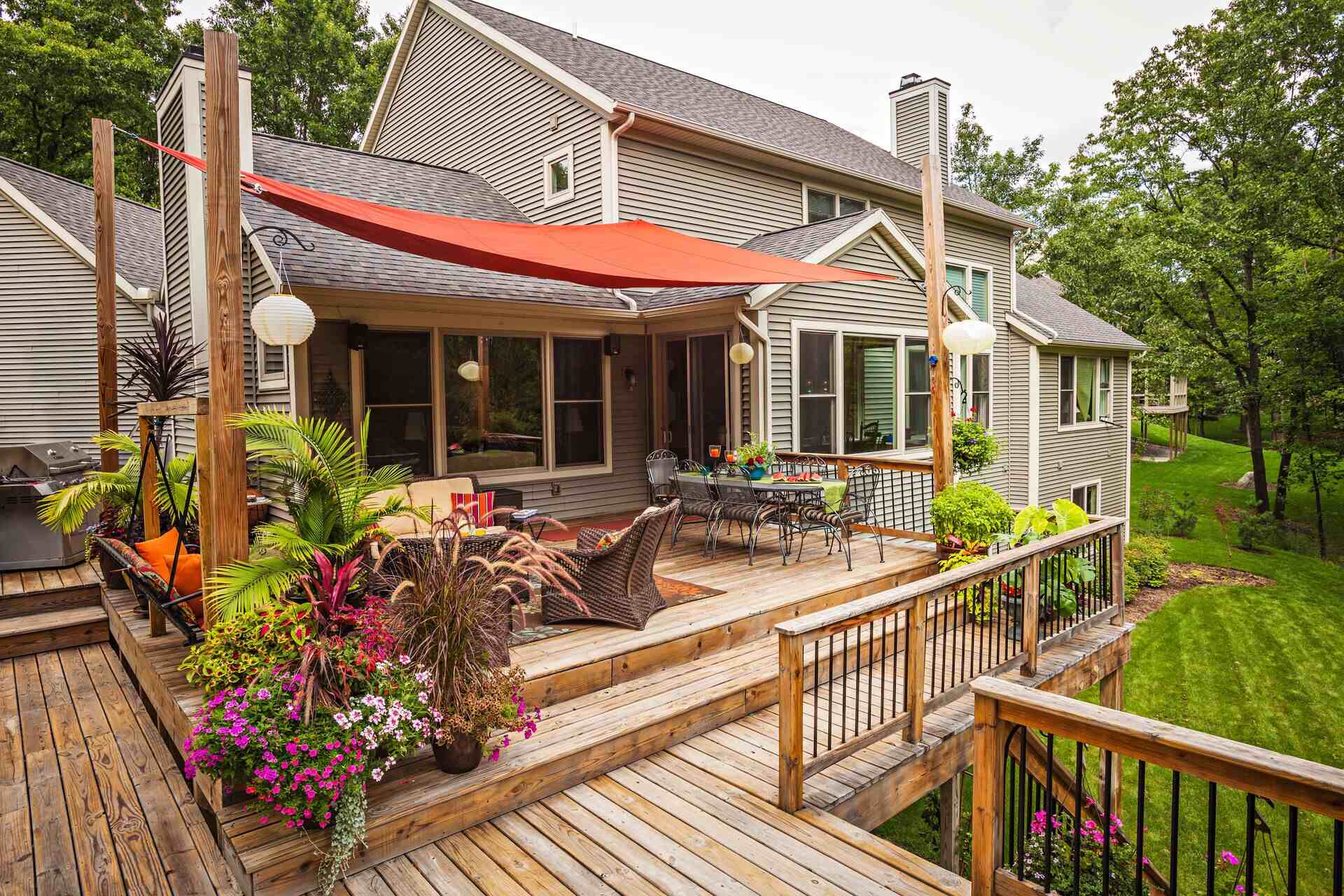
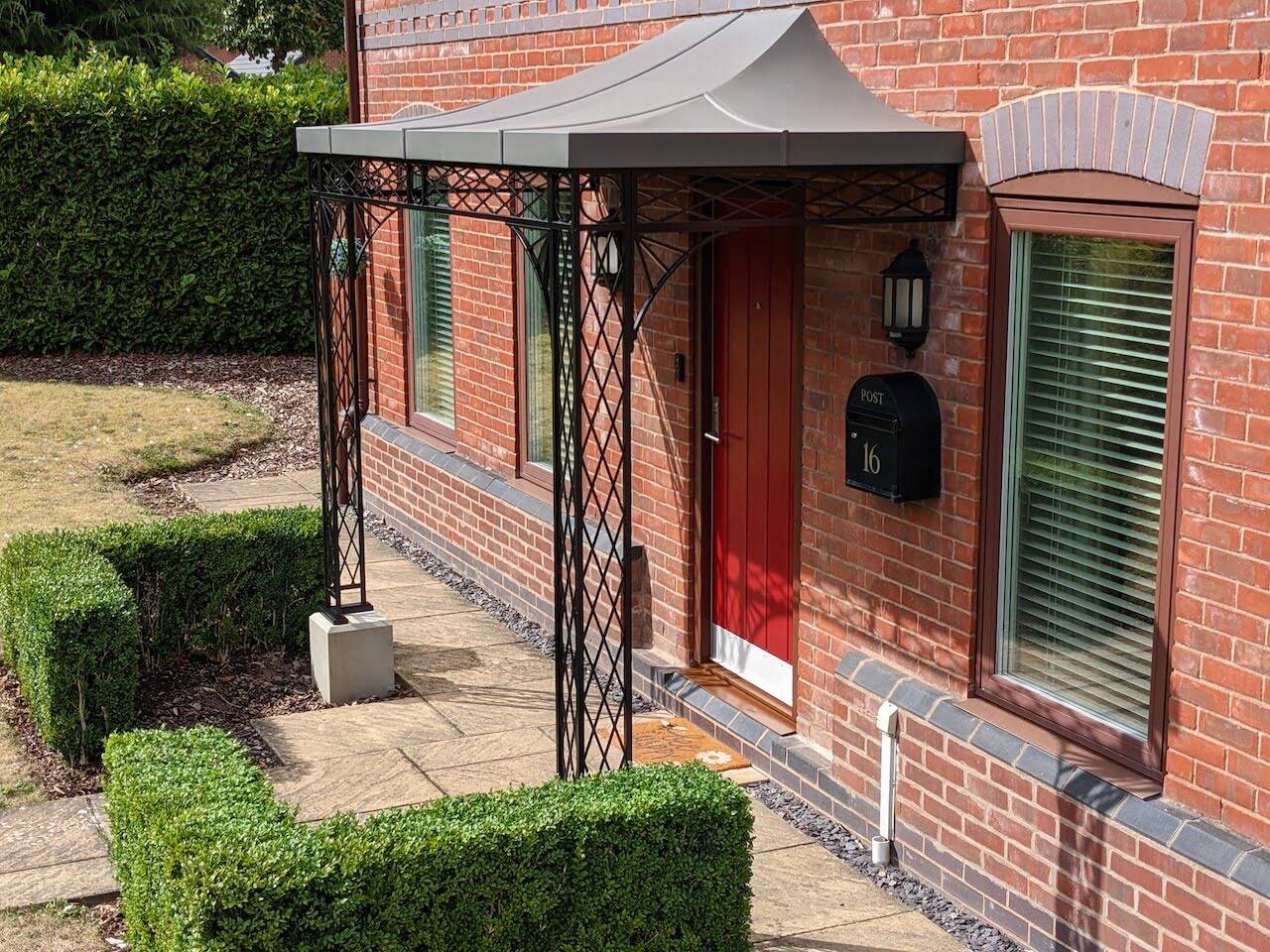

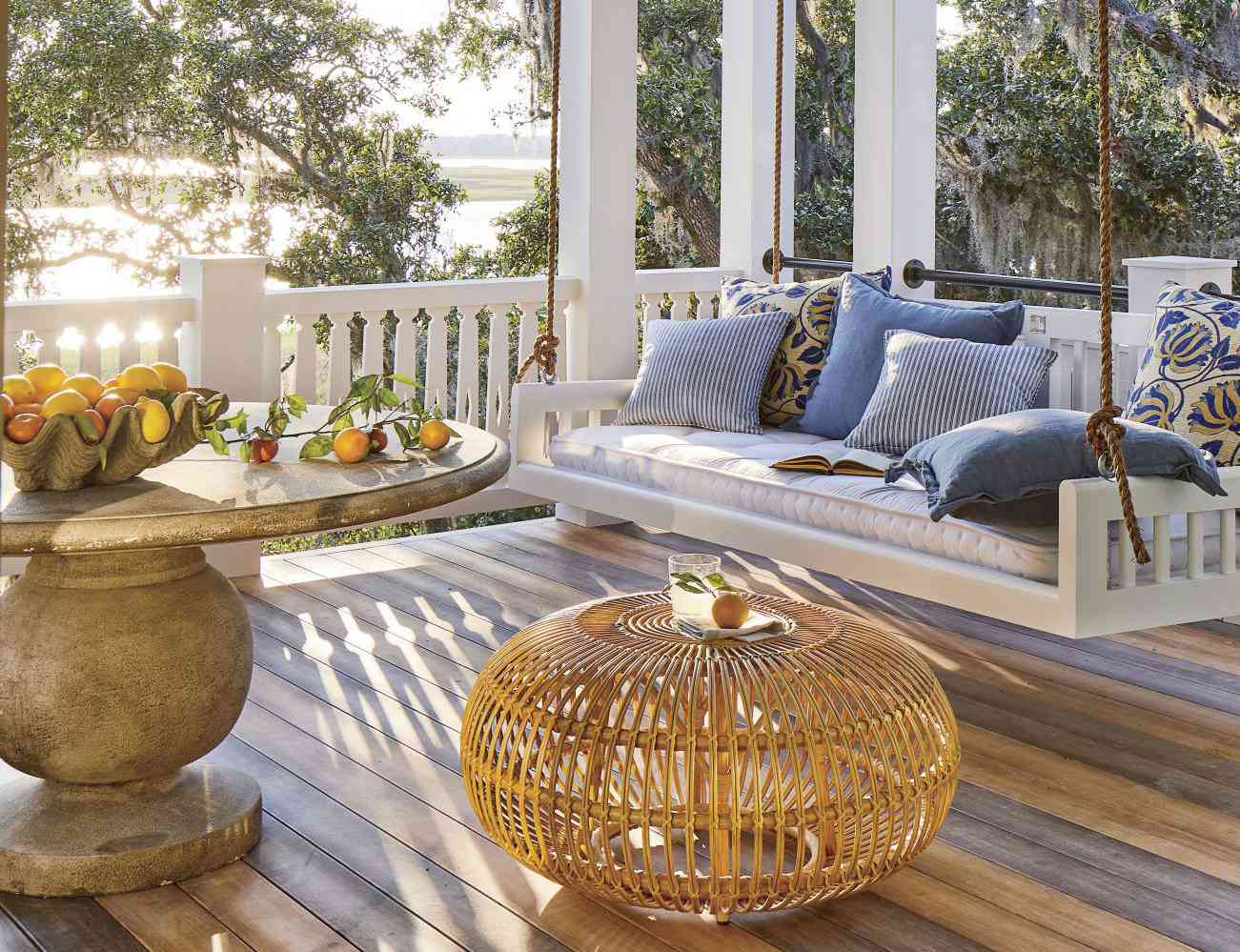
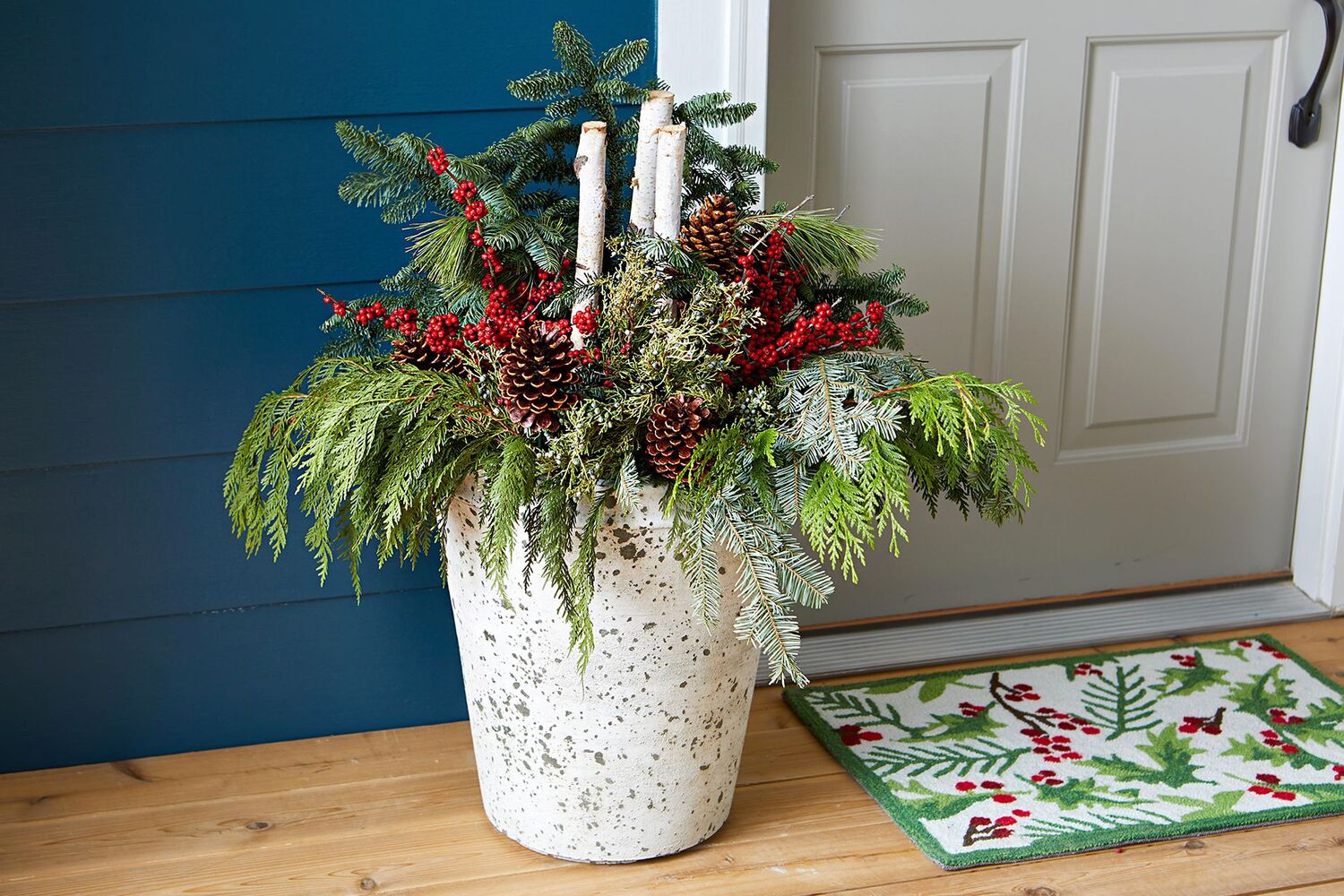
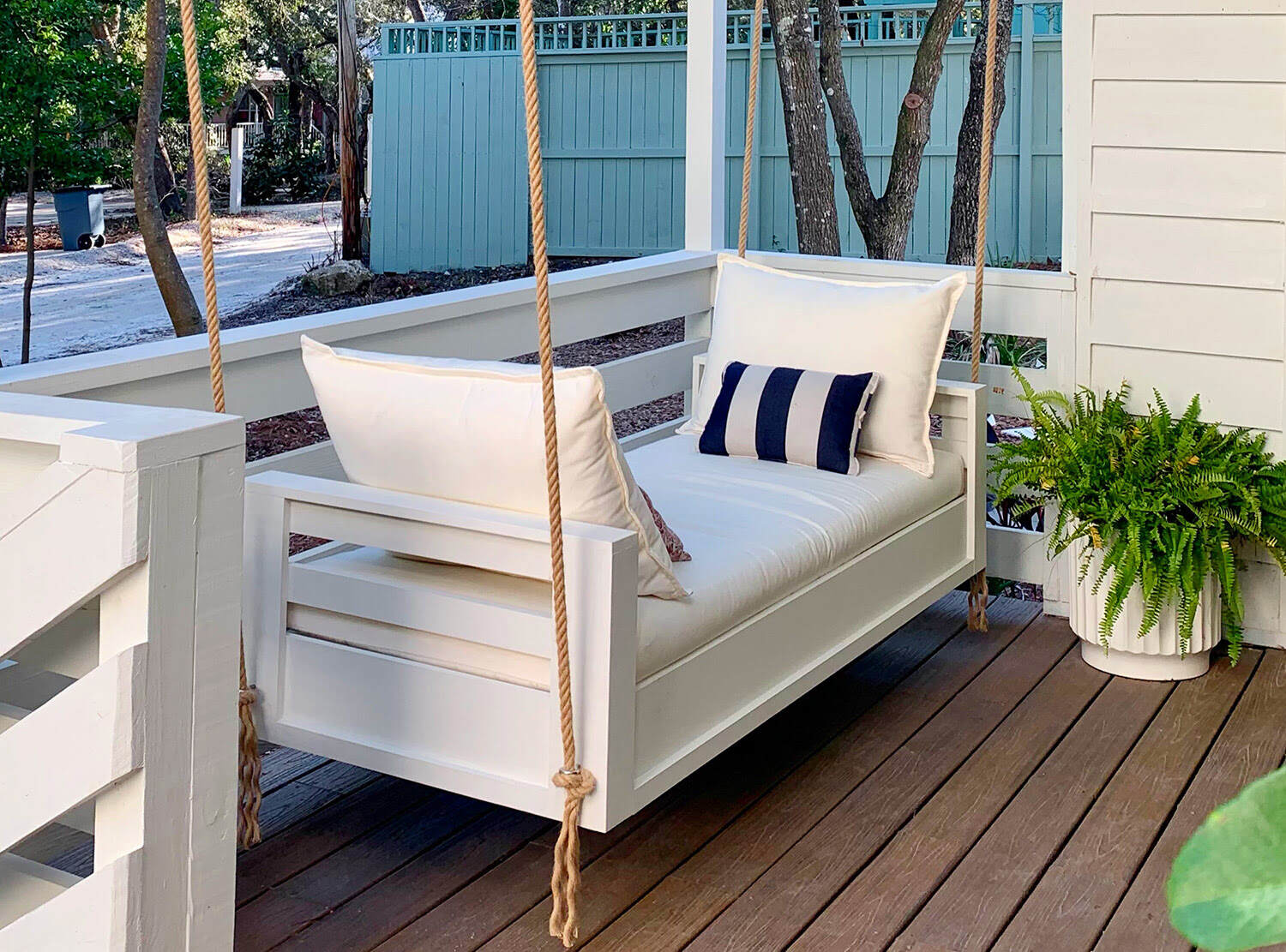
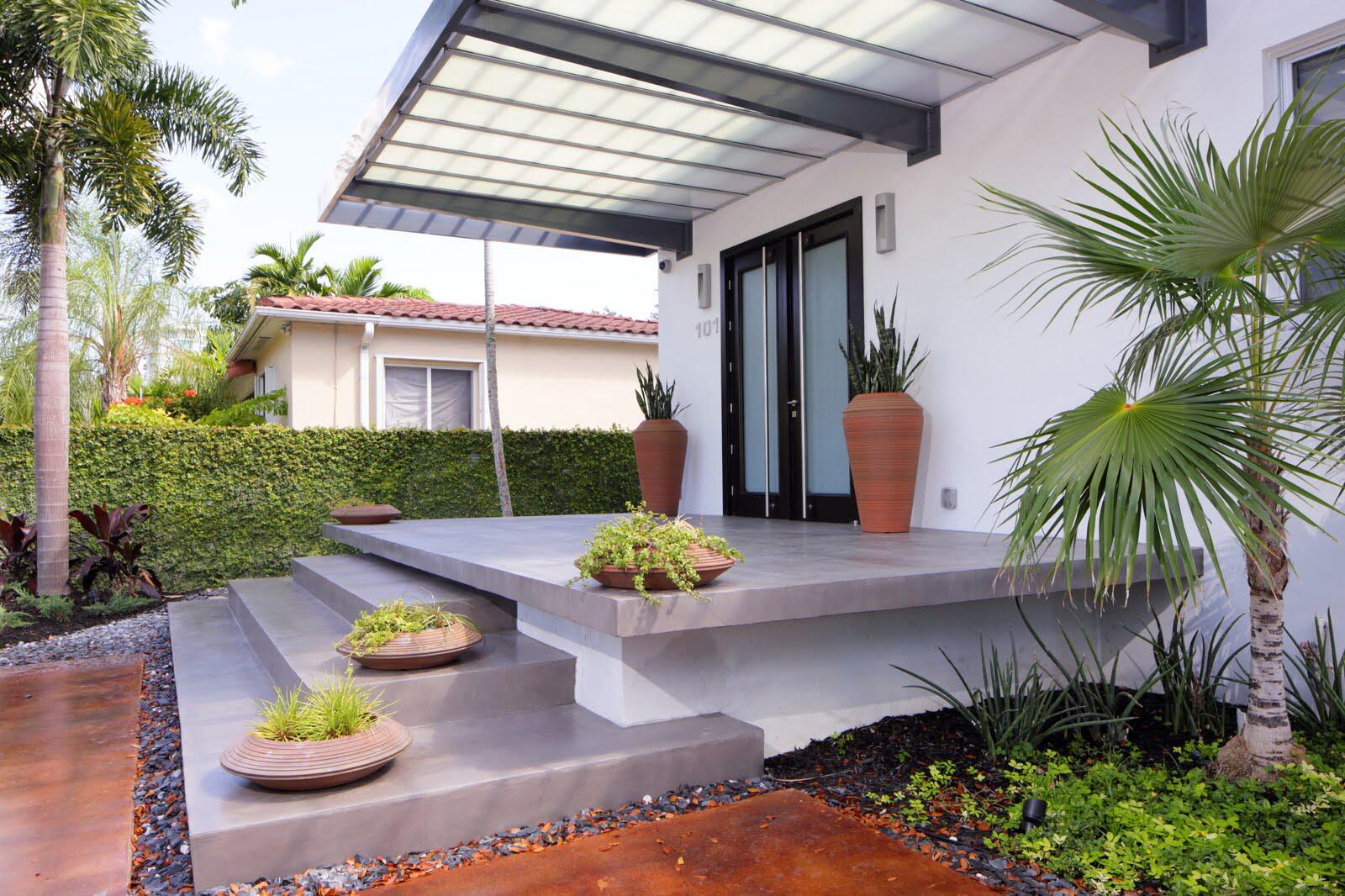
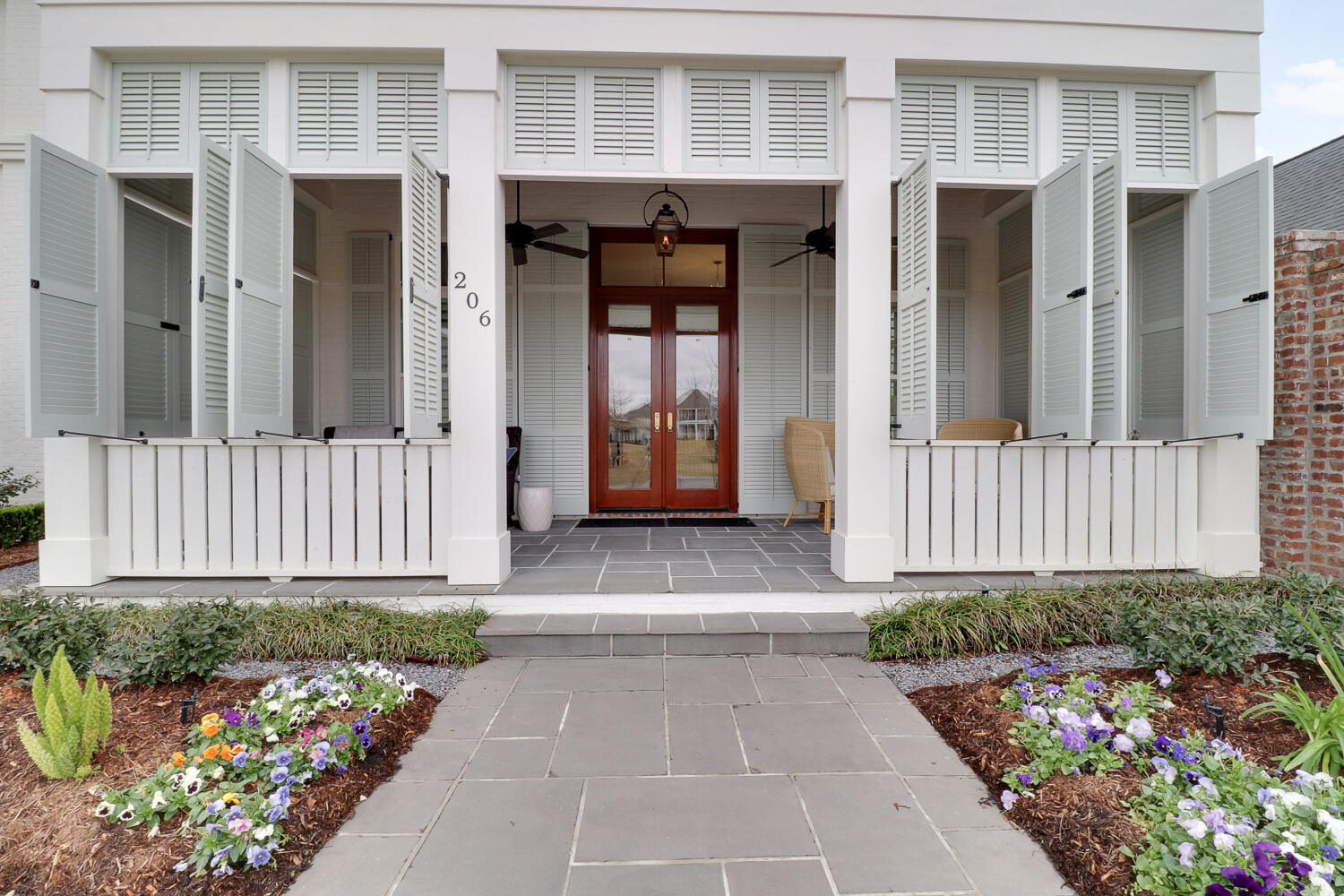
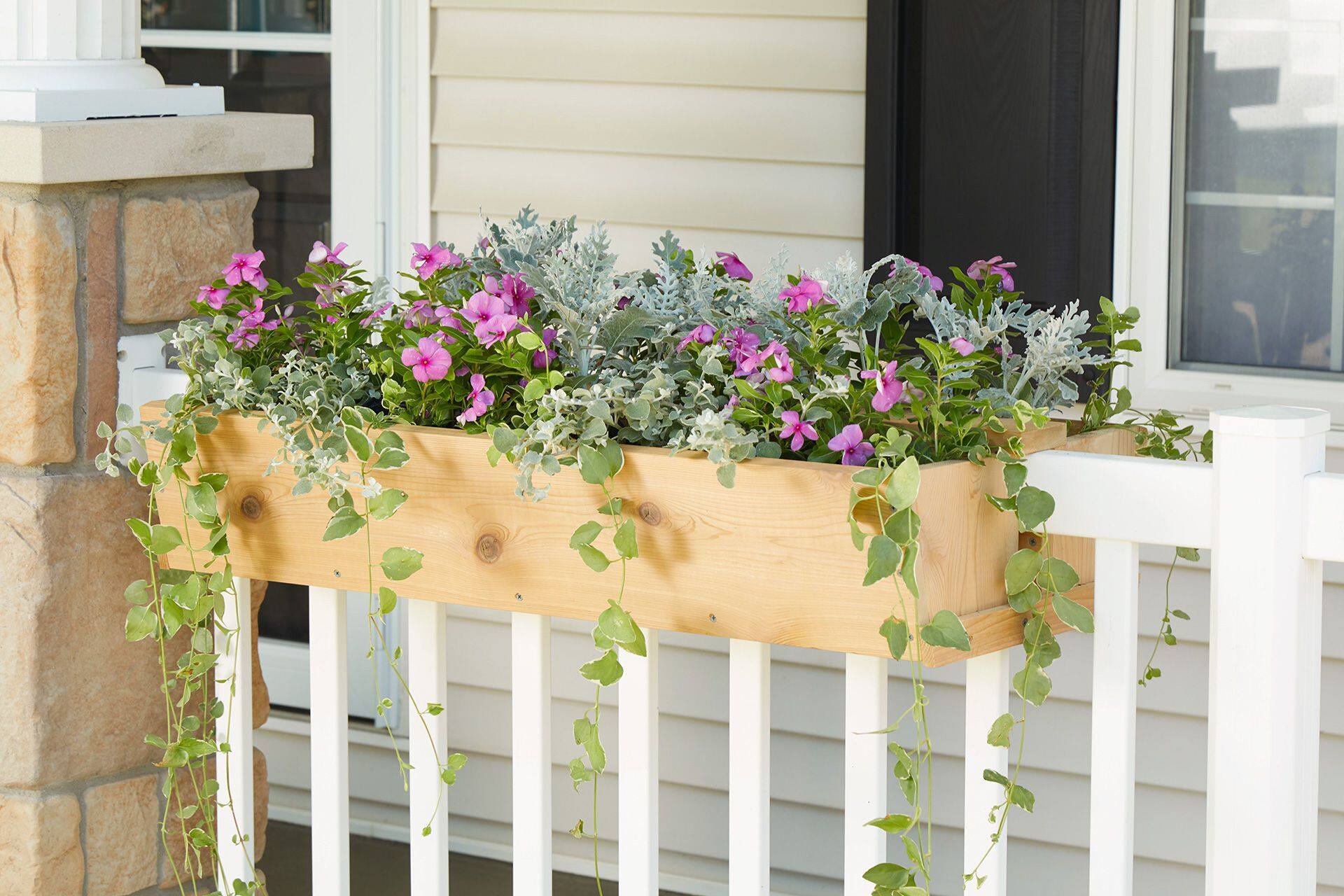
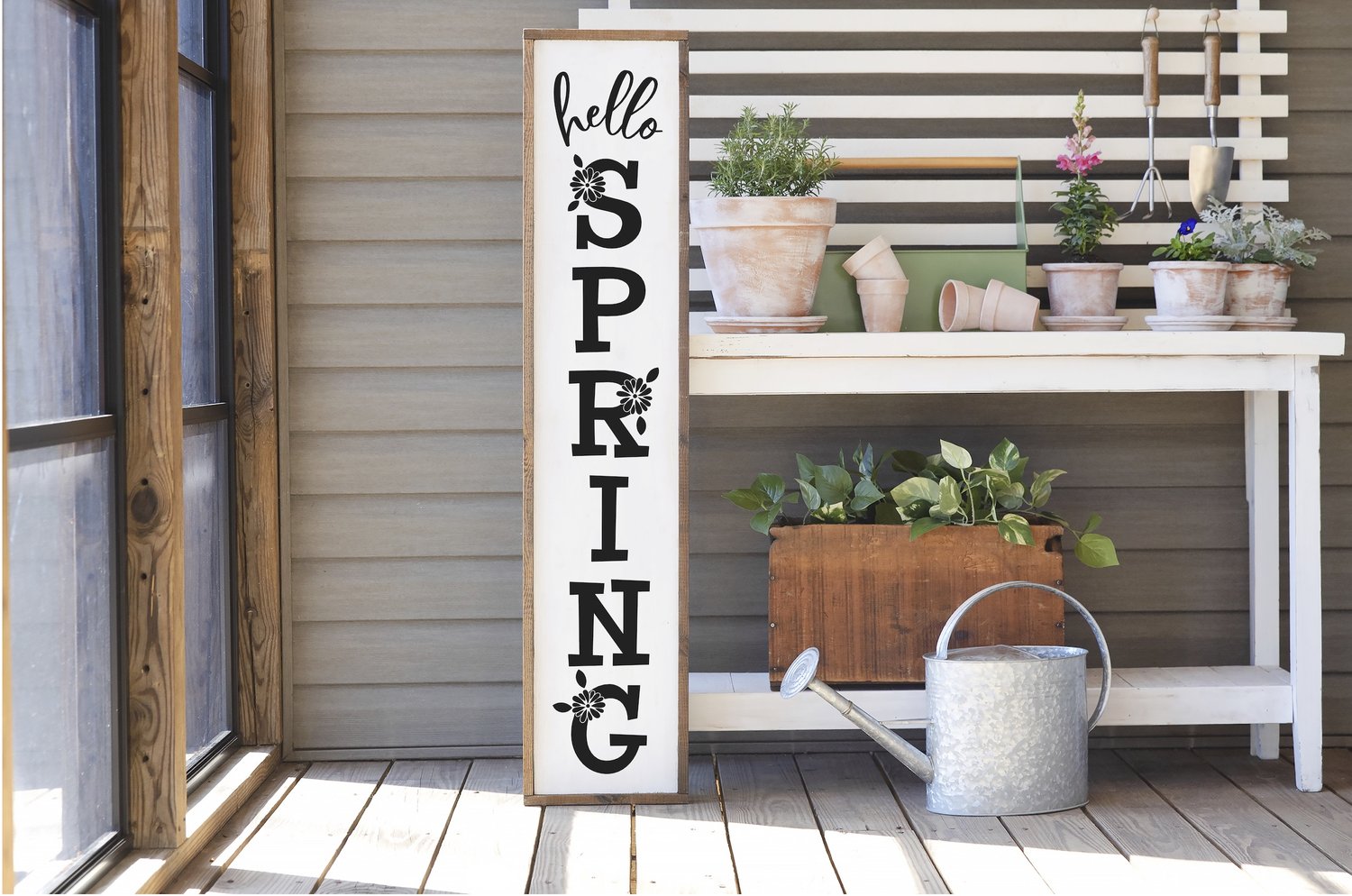
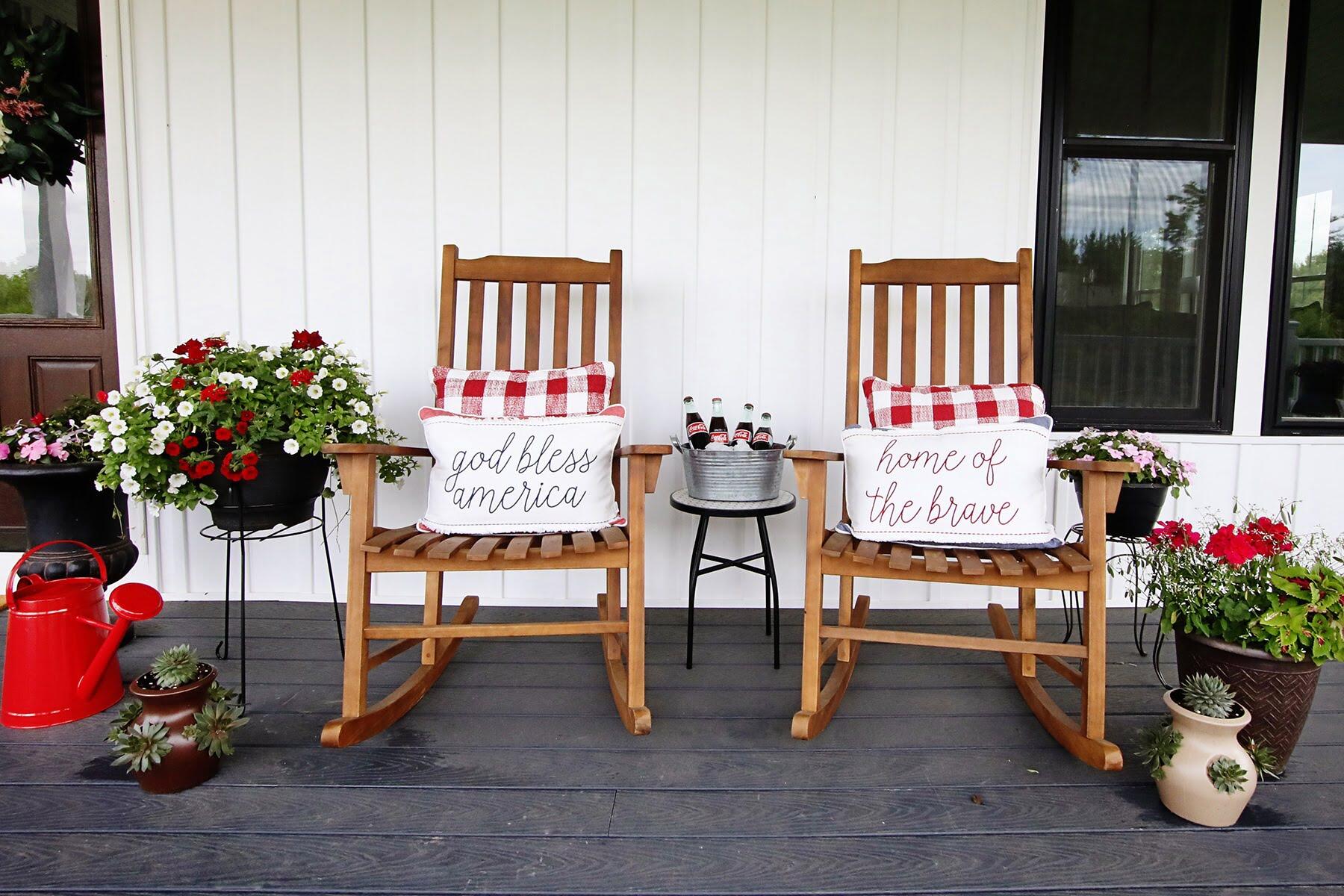
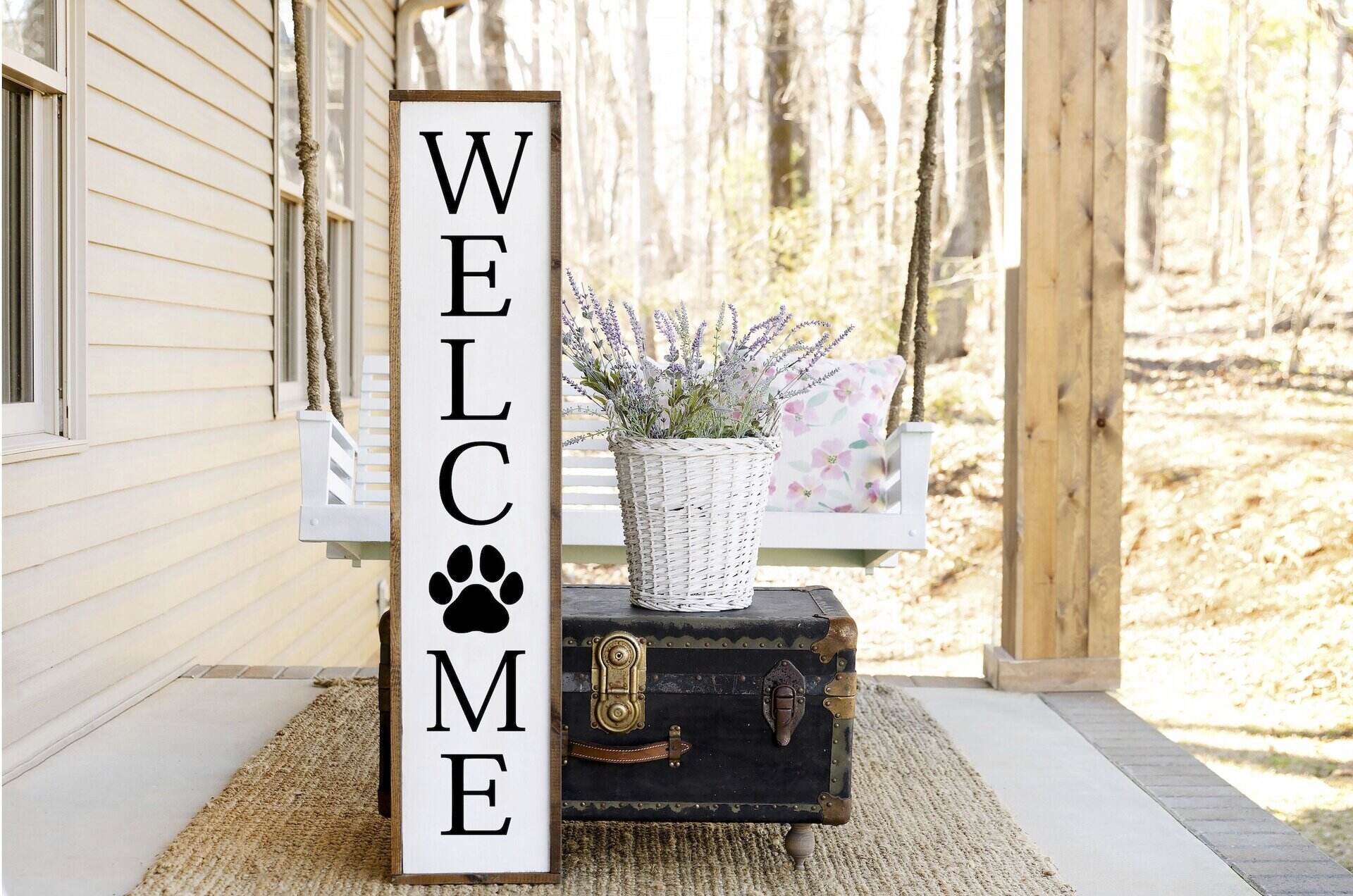
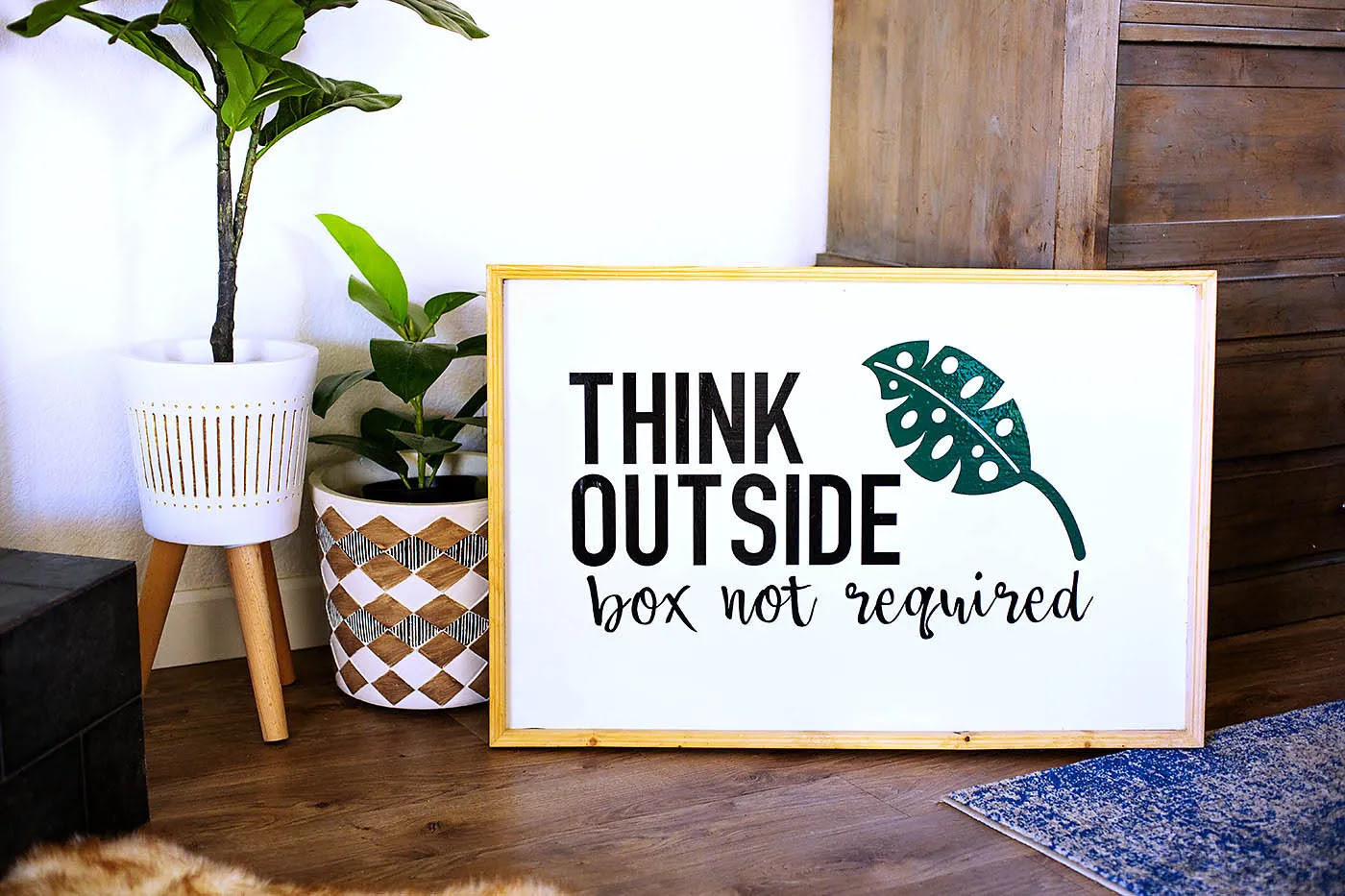

0 thoughts on “How To Make A Front House Design”